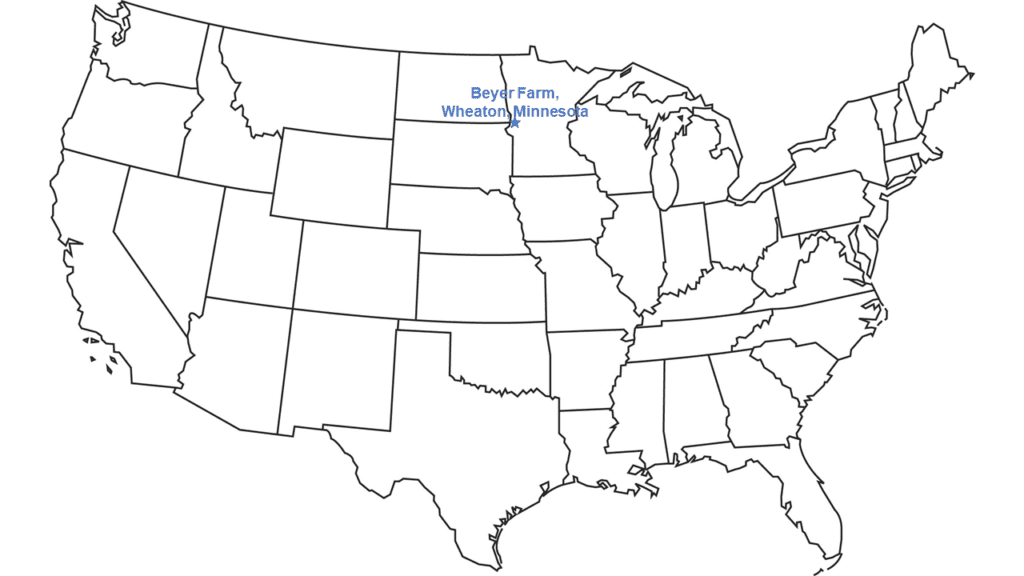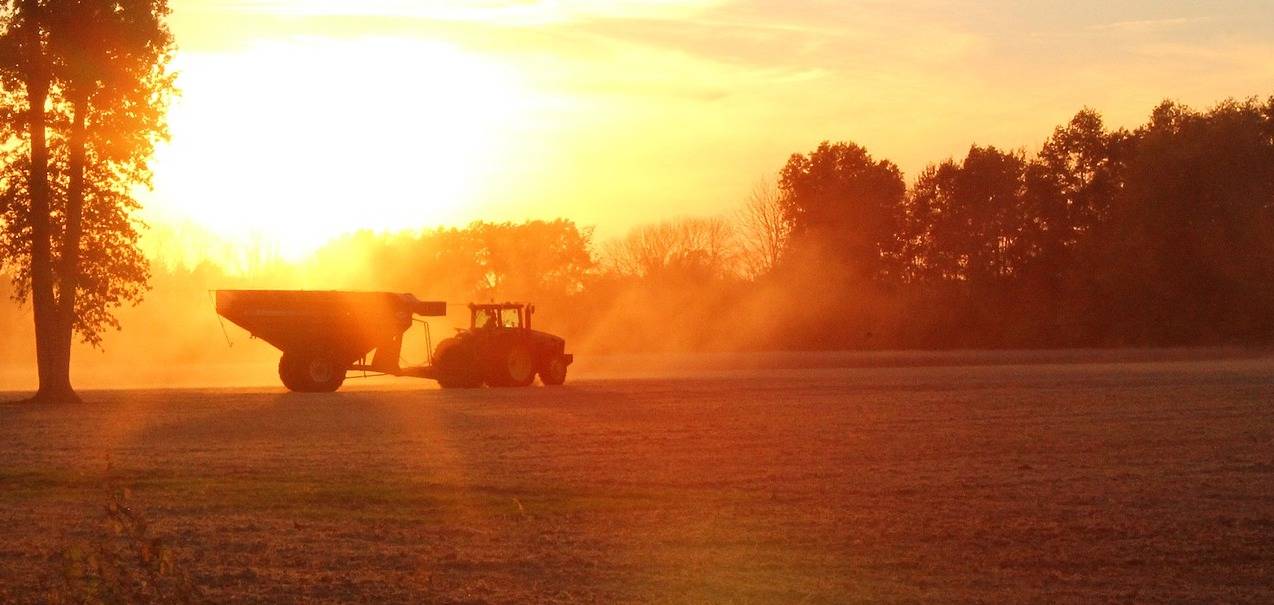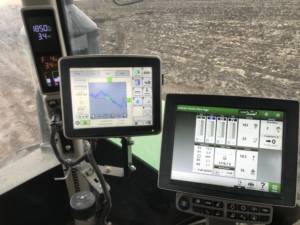 November weather in our region of the north-central U.S. Midwest has allowed us to do a lot of fall fieldwork, like spreading fertilizer, tillage and ditching, or creating and maintaining the shallow ditches in our fields that support drainage. The snow we got in mid-October melted in the following weeks. Warm temperatures the first week of November dried the soil out well.
November weather in our region of the north-central U.S. Midwest has allowed us to do a lot of fall fieldwork, like spreading fertilizer, tillage and ditching, or creating and maintaining the shallow ditches in our fields that support drainage. The snow we got in mid-October melted in the following weeks. Warm temperatures the first week of November dried the soil out well.
We were able to harvest the last of our corn in early November, and it withstood the snow and wind well. Then we turned our full attention to preparing for next season.
We start with soil fertility. Soil sampling has identified zones in our fields based on soil type and production potential. We work with a soil scientist to develop fertilizer recommendations each year. The November weather allowed us to apply the phosphorus and potassium our fields will need next year as dry fertilizer. It was applied either before or as fields were being tilled. Working these stable nutrients into the soil ensures they will stay in place all winter and be available for crops next season. We will apply less-stable nutrients, including nitrogen and zinc, next spring just before planting.
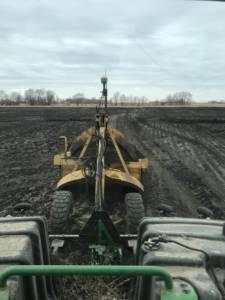 To manage our heavy soil, flat land and short growing season well, we rely on conventional tillage. We use a chisel plow and a deep ripper as appropriate to turn our soils so they warm up and dry out well in the spring. Otherwise, we would end up planting very late because of our cooler climate. This is the standard for most of our fields, regardless of what crop was planted this year and what we plant to rotate to next year.
To manage our heavy soil, flat land and short growing season well, we rely on conventional tillage. We use a chisel plow and a deep ripper as appropriate to turn our soils so they warm up and dry out well in the spring. Otherwise, we would end up planting very late because of our cooler climate. This is the standard for most of our fields, regardless of what crop was planted this year and what we plant to rotate to next year.
However, we do experiment with other systems. In a couple of our corn and soybean fields, we do use a no-till cover crop system. We fly rye seed into standing crops in the fall, and then don’t do any tillage after harvest. Exploring these management practices gives us some variety in our production system as we learn how they can work in our region.
As mentioned before, we farm in a very, very flat region, the Red River Valley of the northern U.S. and Canada. Our soils do not drain well, so in addition to tiling, we create ditches in our fields to carry excess water away from our crops.
The combination of GPS and autosteer allows us to create shallow, smooth ditches with just a 3% slope. Because the ditches are shallow, the rest of our farm equipment can move through them smoothly. But they can also clog easily. Clogged ditches hold water in place that can easily drown out a crop, so ongoing maintenance is important.
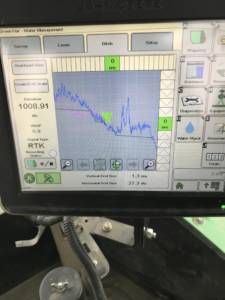
For the past couple years, fall weather hasn’t allowed us to do all the ditching needed. It takes my husband Rodd 40 or 50 hours to blade away just a couple centimeters, or 1 inch, of soil, across a 61-hectare, or 150-acre, field. We started ditching about the second week of November, and we will continue until the ground freezes, which usually happens in late November, around the U.S. Thanksgiving holiday.
We’ve done equipment maintenance as fall fieldwork wraps up. Our equipment storage shed isn’t heated, so we prepare each piece of equipment and tractor as needed to store over the winter.
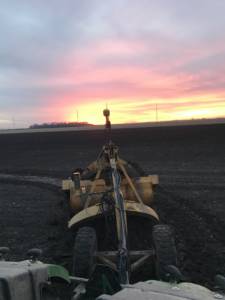 Minnesota’s deer hunting season also occurred the second week of November. Like many farmers in our region, we have taken land out of farming production to create wildlife habitat. That land supports a variety of animals, and deer, pheasants, turkeys and ducks thrive on the crops we grow and the wildlife areas we maintain.
Minnesota’s deer hunting season also occurred the second week of November. Like many farmers in our region, we have taken land out of farming production to create wildlife habitat. That land supports a variety of animals, and deer, pheasants, turkeys and ducks thrive on the crops we grow and the wildlife areas we maintain.
Population management through hunting keeps the wild deer herd and bird flocks healthy and maintains safety for people and wildlife. At the same time, state guidelines and common sense prevents over-hunting.
We invite friends from around the state to visit and hunt on our land. This allows us to share how we are farming and show how our efforts have improved regional wildlife habitat over the past 20 years. And, small local meat plants process venison and game birds for food.
Meeting season for both agriculture and the watershed district has started, but it is challenging because of the ongoing COVID-19 pandemic. Most meetings continue to be virtual, although many ag supply salespeople are making on farm, socially distanced, calls to sell seed and other inputs for next season.
